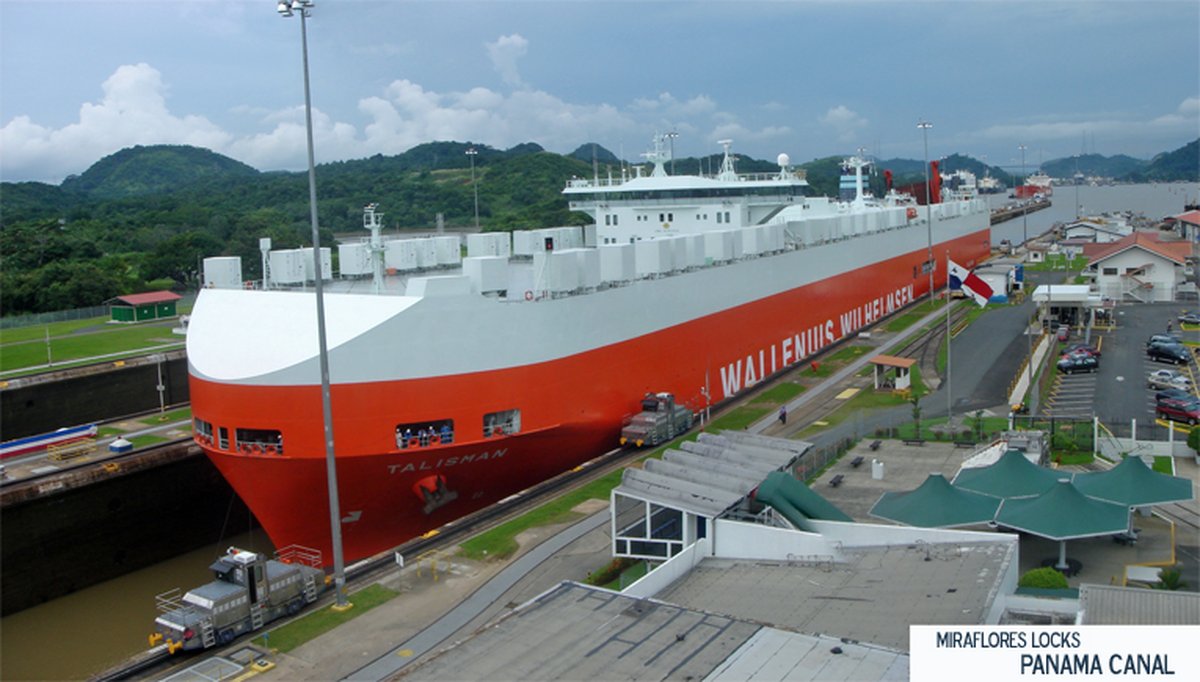🇵🇦map Panama [Residency]

Overview
Panama is one of Central America’s most approachable bases for travelers and remote workers, thanks to its major air hub, U.S.-dollarized economy, and a generally friendly stance toward visitors. Many nationalities can enter visa-free for short stays, while others need a pre-arranged visa; your passport country determines which list you fall under, so it’s worth checking with a Panamanian consulate before you book. As a rule of thumb, tourist entries are typically granted for up to 90 days, and you’ll need a passport valid for at least six months, proof of onward travel, and evidence of funds. Panama also offers popular long-stay options, including the famed Pensionado (retiree) program, the Friendly Nations route for certain nationalities, and an established process for work permits tied to local employment.
Tourist and Short-term Visas
If you’re from a visa-exempt country, you’ll normally be admitted as a tourist on arrival, with an entry stamp showing your authorized stay—usually up to 90 days. You may be asked to show a return or onward ticket, accommodation details, and the means to support your visit; carrying printed confirmations helps smooth the process. Business visitors generally use the same short-stay entry as tourists when they’re attending meetings or scouting opportunities, but paid work isn’t allowed under a tourist stamp. Extensions are sometimes possible through the immigration office in Panama City, but approvals are not guaranteed, so plan your timeline conservatively and avoid back-to-back border runs.
Work Visas and Permits
Working in Panama requires proper authorization, and the process is anchored to an employer sponsor in the country. Most professionals apply through employer-led categories that align with local labor quotas and recognized professions; your employer’s counsel typically prepares the labor filing and the subsequent immigration steps. Expect to provide diplomas, police clearances, and professional credentials with apostilles, along with translated copies where needed. Timelines vary, but you should budget several months from offer to work authorization, and you must wait for the permit before performing paid work.
Long-term Residence
Panama’s residency landscape is one of its big draws, with multiple pathways depending on your profile and plans. The Pensionado program remains a favorite for retirees with a stable lifetime pension that meets the minimum income threshold, and it unlocks a range of local discounts once you’re approved. The Friendly Nations route, available to citizens of designated countries, offers a practical path to residence—often tied to local economic ties like a job or forming a Panamanian company. Investors and families have options too, from real estate or business investment tracks to family reunification for spouses and dependents, each with its own documentation and minimums.
Application Process
Most applicants begin by confirming their eligibility category and gathering civil documents early, since police certificates, birth and marriage records, and diplomas need apostilles and official translations. You’ll file through Panama’s immigration authorities—often in person in Panama City—though initial inquiries and appointment scheduling may be handled by your attorney or a local facilitator. Expect biometrics, fees, and multiple visits for longer-stay permits; interviews are straightforward and focus on verifying your purpose and documents. Keep scanned copies of everything, track validity dates for certificates, and build in buffer time for apostille returns and local processing.
Costs and Fees
Government fees vary by category, but plan for application charges, ID card issuance, and potential multi-entry fees if you need to travel while your case is pending. Add in translation and apostille costs from your home country, plus courier expenses and notary services in Panama. Some categories may require medical checks or local health insurance, which you can arrange through Panamanian providers once you arrive. If you hire an immigration lawyer—as many applicants do for work or residency cases—factor in professional fees on top of government charges.
After Arrival
Once you’re in Panama on a longer stay, you’ll likely complete biometrics and obtain a temporary card while your case moves toward a definitive resolution. Employees should coordinate with their company to activate the work permit, register for payroll, and handle social security enrollment. Opening a bank account is doable with your immigration file and local references; requirements vary by bank, so asking in advance saves time. Keep your entry stamp, receipts, and temporary IDs handy—you’ll need them for everything from phone plans to lease agreements.
Common Issues and Tips
Most delays come from documents that aren’t properly apostilled, are out of date, or don’t match names across forms—double-check every detail before you submit. Don’t overstay a tourist entry hoping to “fix it later”; overstays can trigger fines and complicate future applications. Using a reputable immigration lawyer or relocation firm is money well spent, particularly for work permits, Friendly Nations, and Pensionado cases where sequencing matters. Finally, policies and lists do change, so verify your nationality’s current status and any new program rules with a Panamanian consulate or the national immigration office before you make firm plans.
Sophia
Sophia is a relocation specialist and cross-border business consultant originally from Toronto, Canada,
with over 13 years of experience in North American and Caribbean markets. Having worked for major
international relocation firms and managed corporate assignments across the United States, Canada,
Mexico, and popular expatriate destinations in Central America and the Caribbean, Sophia has extensive
experience facilitating international moves for professionals and retirees. Her expertise spans both
the practical aspects of visa navigation and the cultural nuances of adapting to life in North American
and Central American communities.
Published: 2025-03-06